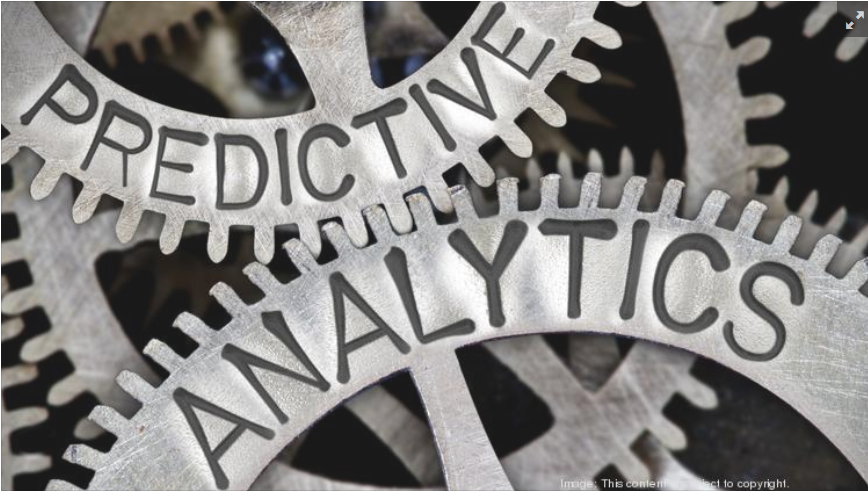By Claudio Garcia – Contributing Writer,
For years, predictive analytics has been used for assessing project risk, detecting fraud and even predicting Super Bowl winners (although the computers fell short this year). Predictive analytics has also made a large impact on the ability for marketing organizations to predict demand, personalize content and increase conversion.
With increased impact comes increased investment. Survey-based reports find that firms are currently spending an estimated $36 billion on storage and infrastructure to harness big data, and that number is expected to double by 2020.
Today, however, even medium-sized marketing departments still resort to spreadsheets and past assumptions to drive their marketing decisions. Much of the apprehension to invest in predictive analytics stems from a few common misconceptions.
Below I address and dispel three I encounter most frequently with clients. Are you guilty of any of them?
Misconception #1: Great value requires 100% accuracy
A common misconception is the idea that value from predictive analytics can only come from near-perfect accuracy of sophisticated models. In fact, even small, incremental improvements in forecasting can have large financial impact.
For example, say your marketing department has always sent marketing campaigns to the same large group of consumers with a conversion rate nearing 1 percent. Even with a modest predictive analytics model, you can determine which consumers are more likely to respond to your marketing campaign. This information allows you to target that segment and tailor your campaign to them instead of hitting the same large group of consumers with a broad message.
With a targeted email effort, you have the potential to increase your conversion rate and also cut costs by sending a more streamlined campaign. Even small incremental gains in conversion or decreases in cost can reap large financial value from a relatively small investment in analytics.
Misconception #2: External factors are impossible to predict
External factors like consumer behavior and the economy can often seem too ambiguous and unclear to predict; however, these factors often play the biggest role in how your marketing department and organization at large performs.
The notion that these factors are outside the realm of prediction is a myth. Each business has its own set of external factors that can consistently — and accurately — act as predictive leading indicators. Cloud computing has also evolved enough to collect and analyze billions of data sets to extrapolate insights specific to an organization in real time.
For example, my firm, Baker Tilly, has partnered with Prevedere, a predictive forecasting software that predicts the impact of macro-economic trends on an organization. With these insights, we are able to predict the impact factors like housing prices and unemployment can have on consumer demand and have better understanding of ideal campaign timing and fluctuations in consumer demand.
Misconception #3: Predictive analytics is too complex for our organization
Many organizations that lack maturity when it comes to analytics falsely assume their organization is unable to handle the complexity of predictive analytics. However, the process for utilizing predictive analytics isn’t complicated. A simple process includes:
- Hypothesis development — What assumption/outcome do you want tested?
- Data preparation — What data is needed to test the assumption/outcome?
- Testing — How will we test the assumption using data?
- Deployment — How will we track results?
Most companies already have these processes in place. Predictive analytics serve to add to current processes by providing accurate, repeatable testing to your assumptions.
As mentioned earlier, predictive analytics isn’t something that solely needs to be done in-house. Today, there are many analytics solutions that are tailored to large or small organizations and range from open source and cloud to on premise solutions.

